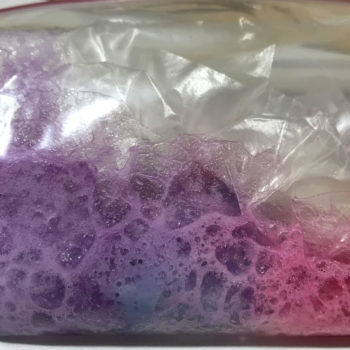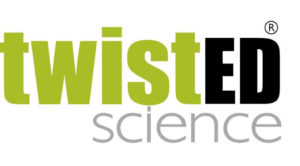My Material World
LEARNING OUTCOME
Our homes are full of a range of materials with different properties. These properties are useful and we can use them in many ways. Investigate mixing of materials and how they might interact with each other and produce new materials.
SESSION activities
- Acids and Bases are all around us. They can be identified from each other by using Indicators.
- Students use what they have learnt and apply it to a familiar liquid.
- Sometimes when chemicals are mixed, the pH can change and new substances are created.
SCIENCE EDUCATOR demonstrations
- Indicators can help us identify different groups of chemicals. Indicators can show us many
- Observe that plastics are not all the same and some have unusual properties.
STUDENT experiments
- In our Indicate it experiment students discover that many kitchen cupboard items are acids and bases.
- Complete the Gas-bag experiment with the amazing properties of some plastic bags to make a very gassy creation.
CHEMICAL SCIENCE
Australian curriculum
Yr F- 2 Objects are made of materials that have observable properties (ACSSU003)
Yr 3-4 Natural and processed materials have a range of physical properties that can influence their use (ACSSU074)
Yr 5 -6 Solids Liquids and Gases have different observable properties and behave in different ways (ACSSU077)
Changes to materials can be reversible or irreversible (ACSSU095)
victorian curriculum
Yr F-2 Objects are made of materials that have observable properties. (VCSSU044)
Yr 3-4 Natural and processed materials have a range of physical properties: these properties can influence their use. (VCSSU060)
Yr 5-6 Solids, liquids and gases behave in different ways and have observable properties that help to classify them (VCSSU076)

